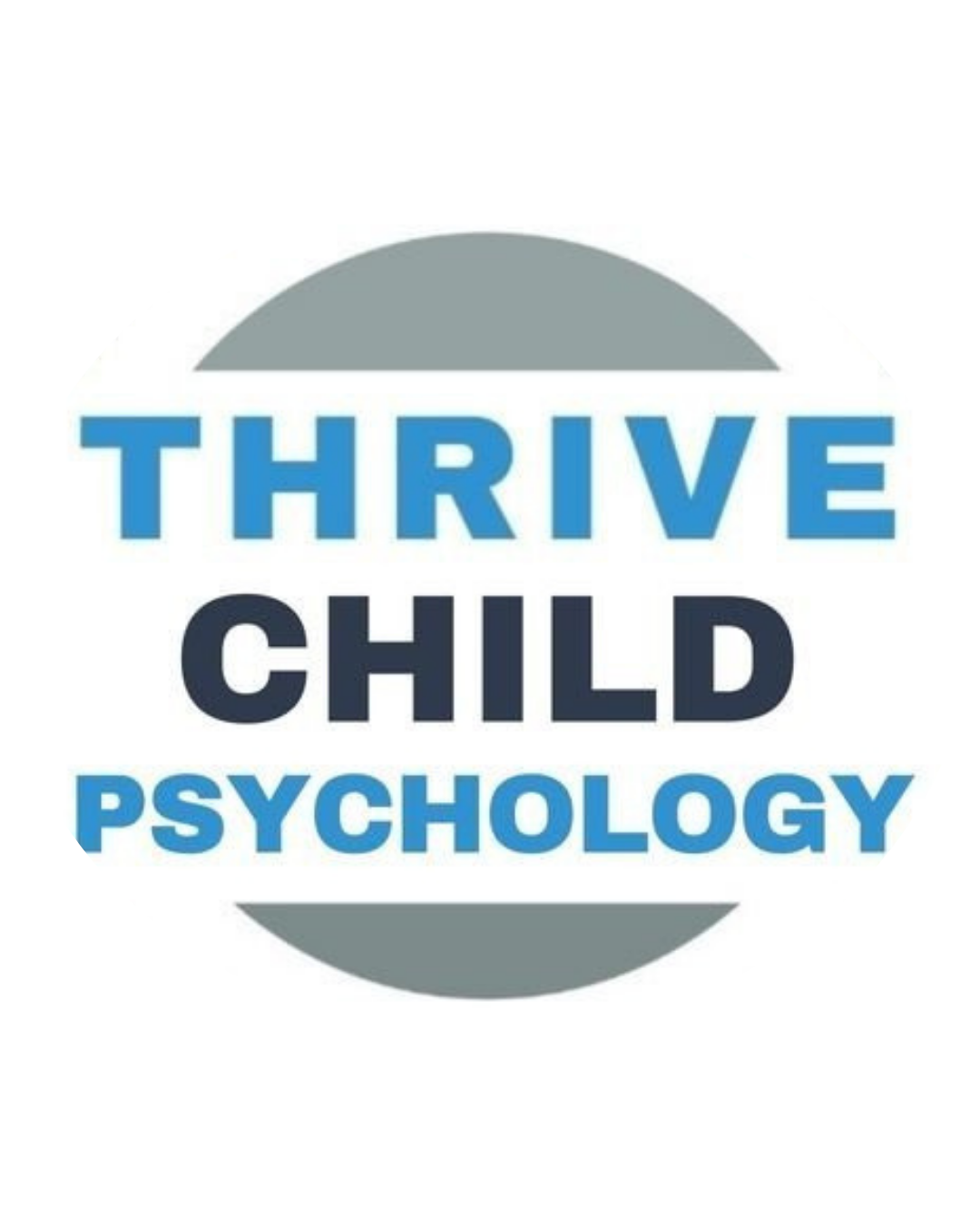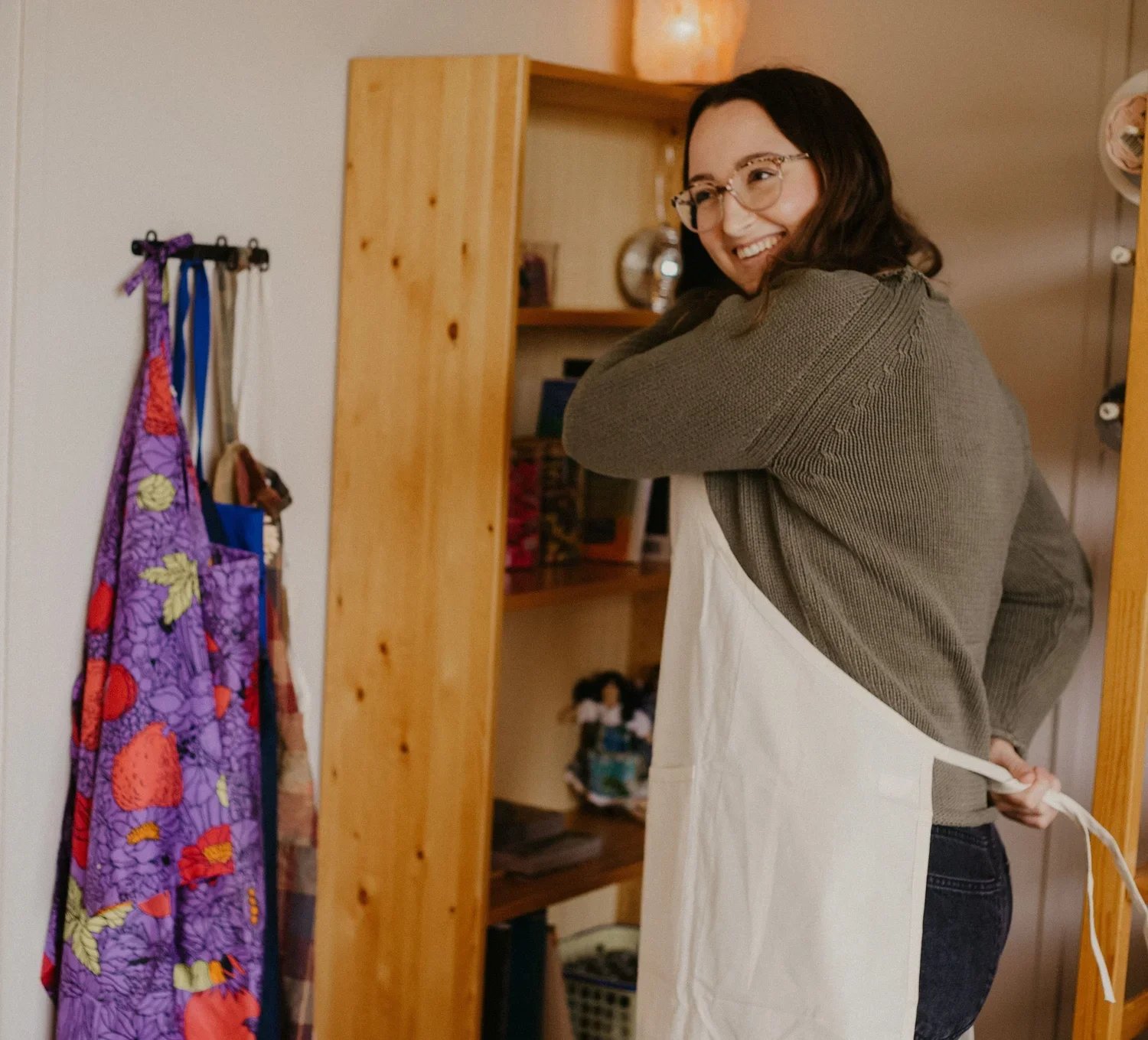Is your child gravitated towards creativity but is currently struggling with their mental health? Do you think that your child would benefit with a more hands on approach to therapy rather than verbal talk therapy? Are you hoping to find a therapeutic approach that feels engaging, supportive, and less intimidating for your child? Do you want a therapy style that empowers your child to express themselves without pressure or judgment? If you answered yes to at least one of these questions, Art Therapy might be best for your child!
What is Art Therapy?
Art therapy uses the creative process of art making to help improve mental health. It involves creative techniques such as drawing, painting, collage, coloring and sculpting to help your child express themselves. It is rooted in the idea that creative expression can foster healing and mental well-being. It combines this creative expression with psychotherapy which facilitates self exploration and understanding. . Through this process, children can safely explore difficult emotions that may be hard to express verbally. The artwork becomes a bridge for communication, allowing them to share their inner world in a supportive environment. Over time, this can enhance emotional regulation, build confidence, and promote healthier coping skills. No art experience is necessary.
How can art therapy help my child?
offers a safe, enjoyable place for self expression through art
helps your child gain an understanding of their own feelings and struggles
provides a tactile environment for teens who have a difficult time with verbal communication
creates bridges between internal feelings and external life
allows teens and children discover healthy methods in order to handle difficult emotions
Art Therapy FAQ
1. What is art therapy?
Art therapy is a form of psychotherapy that uses the creative process of making art to improve a person’s physical, mental, and emotional well-being.
2. How does art therapy work?
By engaging in art-making, individuals can express feelings that may be difficult to put into words. The process helps uncover unconscious emotions, promotes self-awareness, and facilitates healing.
3. Who can benefit from art therapy?
People of all ages can benefit, including children, teens, adults, and seniors. It’s helpful for individuals dealing with stress, anxiety, depression, trauma, grief, chronic illness, and developmental or cognitive disorders. It is also helpful for those who express their feelings in differents ways other than talking. This can include neurodiverse teens and children.
4. Do I need to be good at art to do art therapy?
No artistic skill is required. The focus is on the process of creation and expression, not the final product.
5. What types of art are used in art therapy?
Various mediums can be used, including drawing, painting, collage, sculpture, and more. The therapist will guide you based on your preferences and therapeutic goals.
6. How is art therapy different from art classes?
Art therapy focuses on emotional and psychological healing and growth, guided by a trained therapist. Art classes focus on developing art skills and techniques.
What Is Family Art Therapy?
Family art therapy combines traditional family therapy principles with the creative, non-verbal processes of art-making. An art therapist guides the family through structured art activities designed to:
Encourage open communication
Reveal unspoken emotions or conflicts
Strengthen relationships and understanding
Develop healthy coping strategies
Create a safe space for expressing thoughts and feelings
How It Works
The therapist might ask the family to collaborate on artwork
Through creation and discussion, the therapist helps the family reflect on roles, boundaries, and patterns of interaction.
It's especially effective for families who struggle with verbal communication, such as those with younger children or members with emotional or developmental challenges.
Meet Remy: Thrive’s Art Therapist!
“I truly care about my clients’ well-being and hope to bring art therapy services that promote growth, change, and wellness. I believe in whole-person care, and I wish to provide a safe haven where creativity and self-exploration can flourish to address emotional, behavioural, social, and psychological issues.”
“Art is a powerful tool in communication. It is now widely acknowledged that art expression is a way to visually communicate thoughts and feelings that are too painful to put into words. Creative activity has also been used in psychotherapy and counselling not only because it serves another language but also because of its inherent to help people of all ages explore emotions and beliefs, reduce stress, resolve problems and conflicts, and enhance their sense of well-being.”
— Cathy Malchiodi, Art Therapy Handbook



